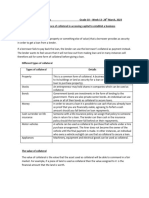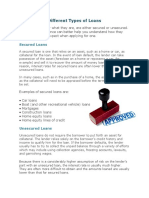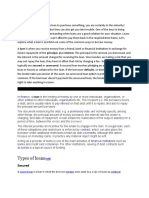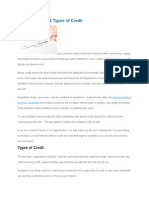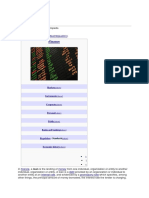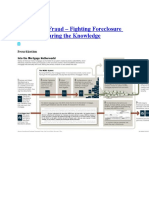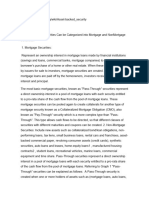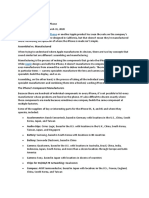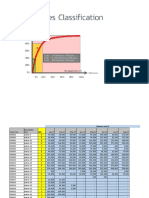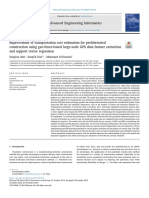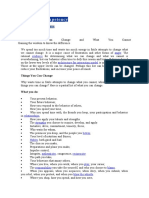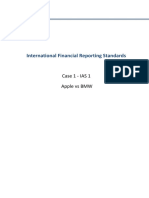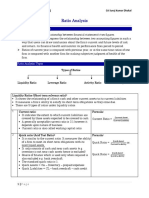Collateral
By JULIA KAGAN
Reviewed By AMY DRURY
Updated Mar 9, 2020
What Is Collateral?
Collateral is an asset that a lender accepts as security for extending a loan. If
the borrower defaults on her loan payments, the lender may seize the
collateral and sell it to recoup some or all of his losses. Collateral can take the
form of real estate or other kinds of assets, depending on what the loan is
used for.
How Collateral Works
Loans that are secured by collateral are typically available at substantially
lower interest rates than unsecured loans. A lender's claim to a borrower's
collateral is called a lien. The borrower has a compelling reason to repay the
loan on time because if she defaults on it, then she stands to lose her home or
whatever other assets she has pledged as collateral.
If you're considering a collateralized personal loan, it's wise to use a financial
institution with which you already have a relationship.
Types of Collateral
The nature of the collateral is often predetermined by the loan type. When you
take out a mortgage, your home becomes the collateral. If you take out a car
loan, then the car is the collateral for the loan. The types of collateral that
lenders commonly accept include cars (if they are paid off in full), bank
savings deposits, and investment accounts. Retirement accounts are not
usually accepted as collateral.
You also may use future paychecks as collateral for very short-term loans,
and not just from the notorious payday lenders. Traditional banks offer such
loans, usually for terms no longer than a couple of weeks. These short-term
loans are an option in a genuine emergency, but even then, you as a potential
borrower, should read the fine print carefully and compare rates.
The Collateralized Personal Loan
Another type of borrowing is the collateralized personal loan, in which the
borrower offers an item of value as security for a loan. The value of the
collateral must meet or exceed the amount being loaned.
If you are considering applying for a collateralized personal loan, your best
choice for a lender is probably a financial institution that you already do
business with, especially if your collateral is your savings account. If you
�already have a relationship with the bank, that bank would be more inclined to
approve the loan, and you are more apt to get a decent rate for it.
KEY TAKEAWAYS
Collateral is an item of value that is accepted as security for a loan.
Anyone who has taken a home mortgage or a car loan has received a
collateralized loan.
You may use other personal assets, such as a savings or investment
account, to secure a collateralized personal loan.
Examples of Collateral Loans
A mortgage is a loan in which the house is the collateral. If the homeowner
stops paying the mortgage, the lender can take possession of the house
through foreclosure. Once the property is transferred to the lender, it can be
sold to repay the remaining principal on the loan.
Collateral in Home Equity Loans
A home may also function as collateral on a second mortgage or home equity
line of credit (HELOC). In this case, the amount of the loan will not exceed the
available equity. For example, if a home is valued at $200,000, and $125,000
remains on the primary mortgage, a second mortgage or HELOC will be
available only for as much as $75,000.
Collateral in Finance: Margin Trading
Collateralized loans are also a factor in margin trading. An investor borrows
money from a broker to buy shares, using the balance in the investor's
brokerage account as collateral. The loan increases the number of shares that
the investor can buy, thus multiplying the potential gains if the shares increase
in value.
However, in margin trading, the risks are also multiplied. If the shares
decrease in value, the broker demands payment of the difference. In that
case, the account serves as collateral if the borrower fails to cover the loss.

